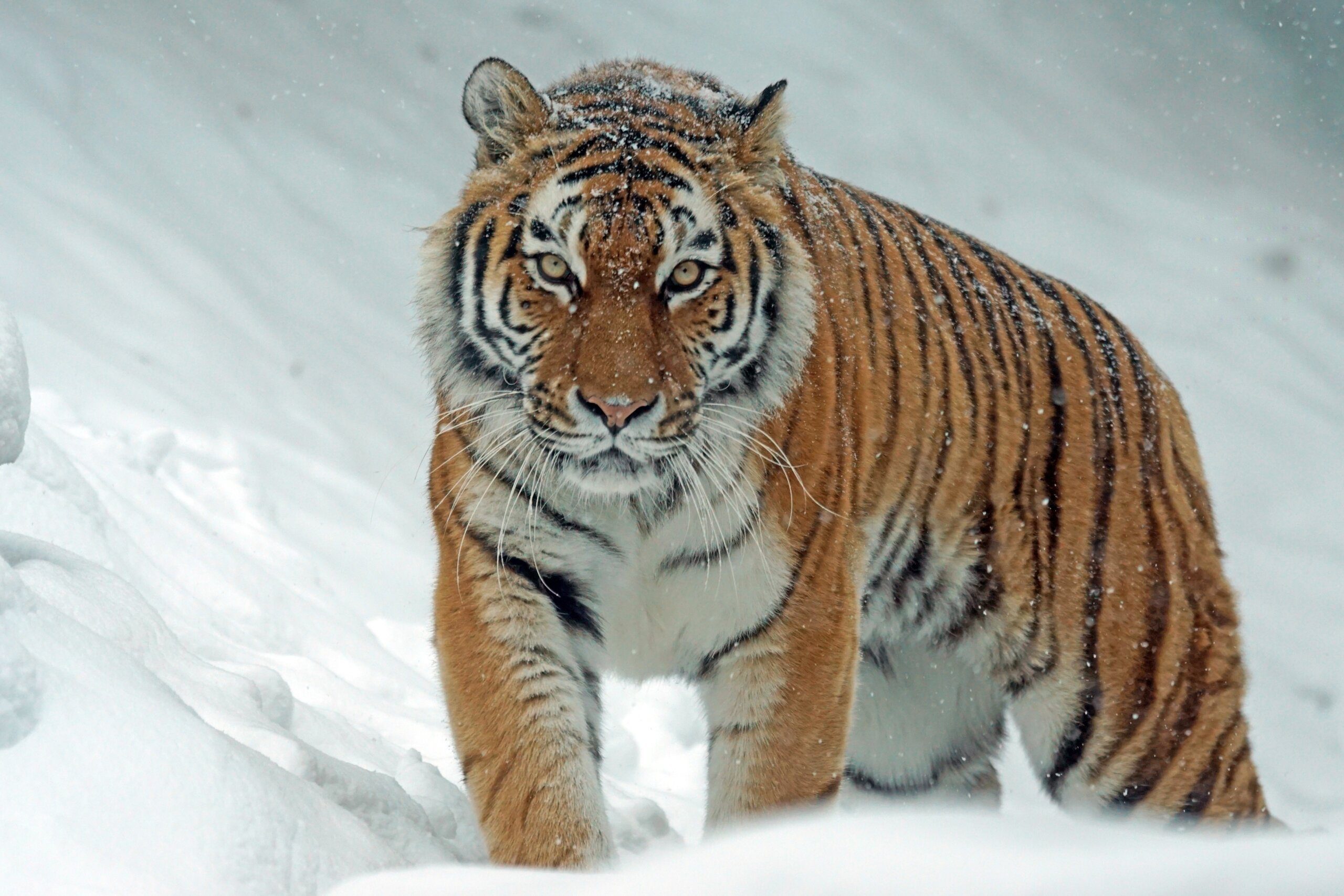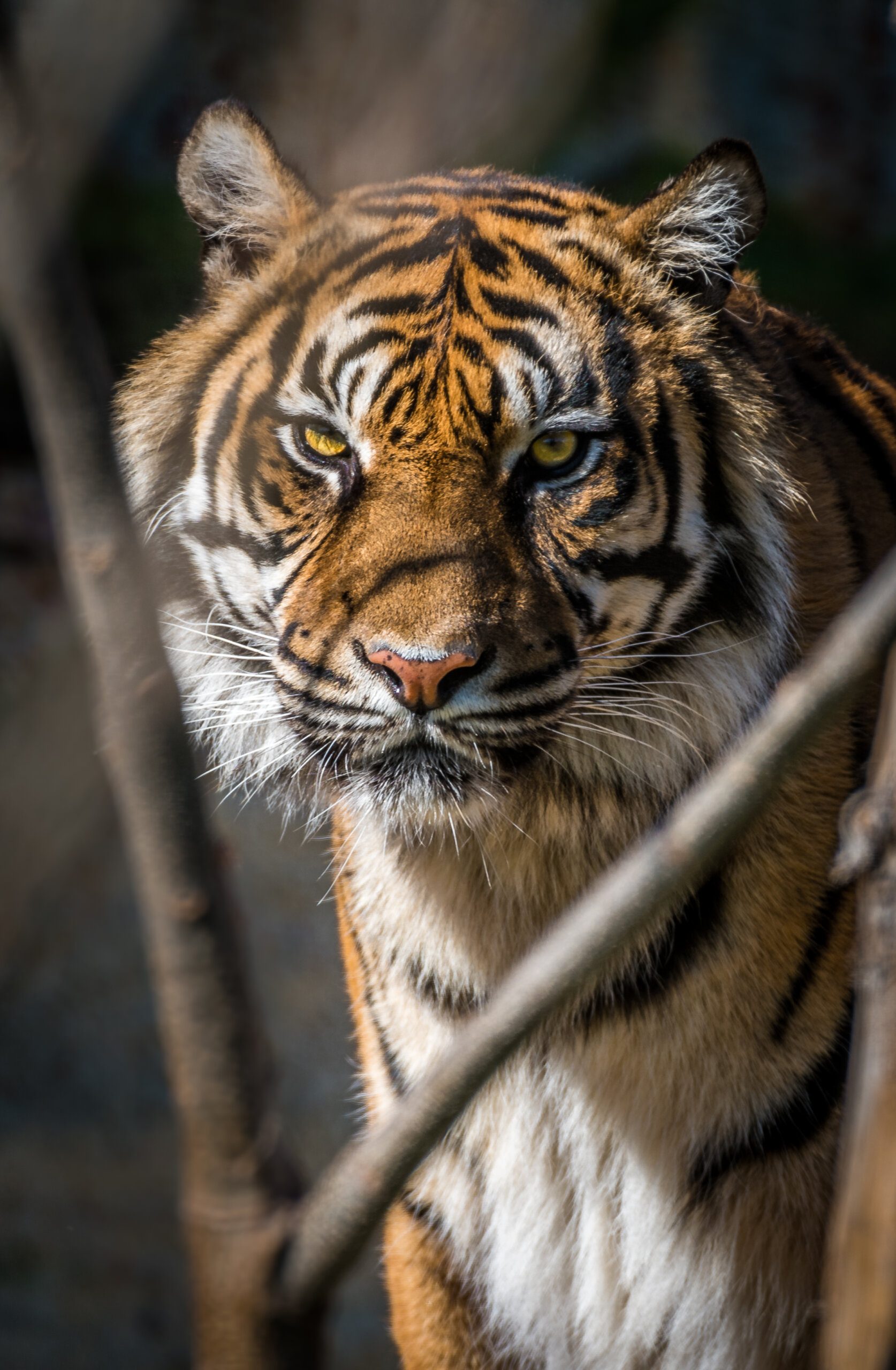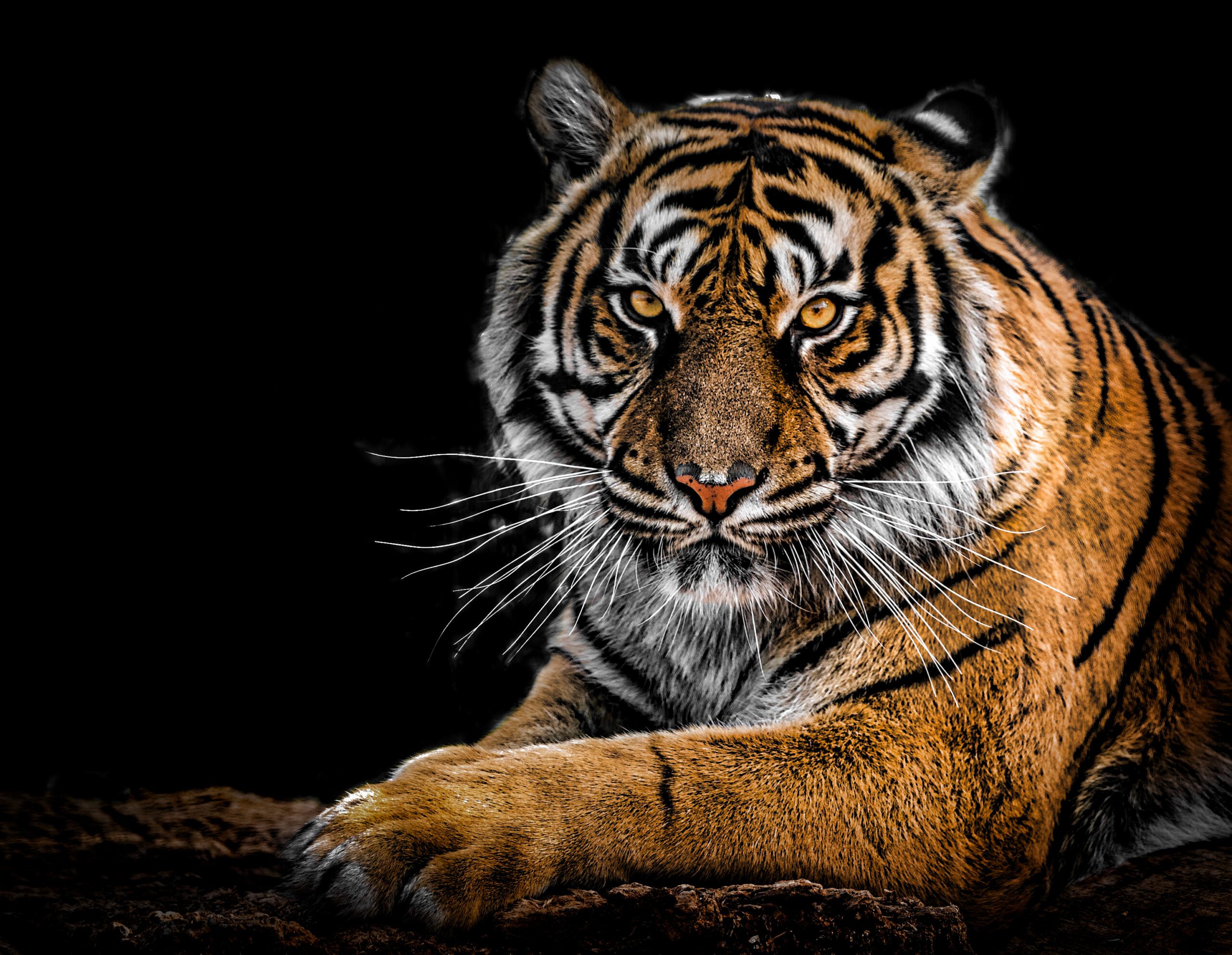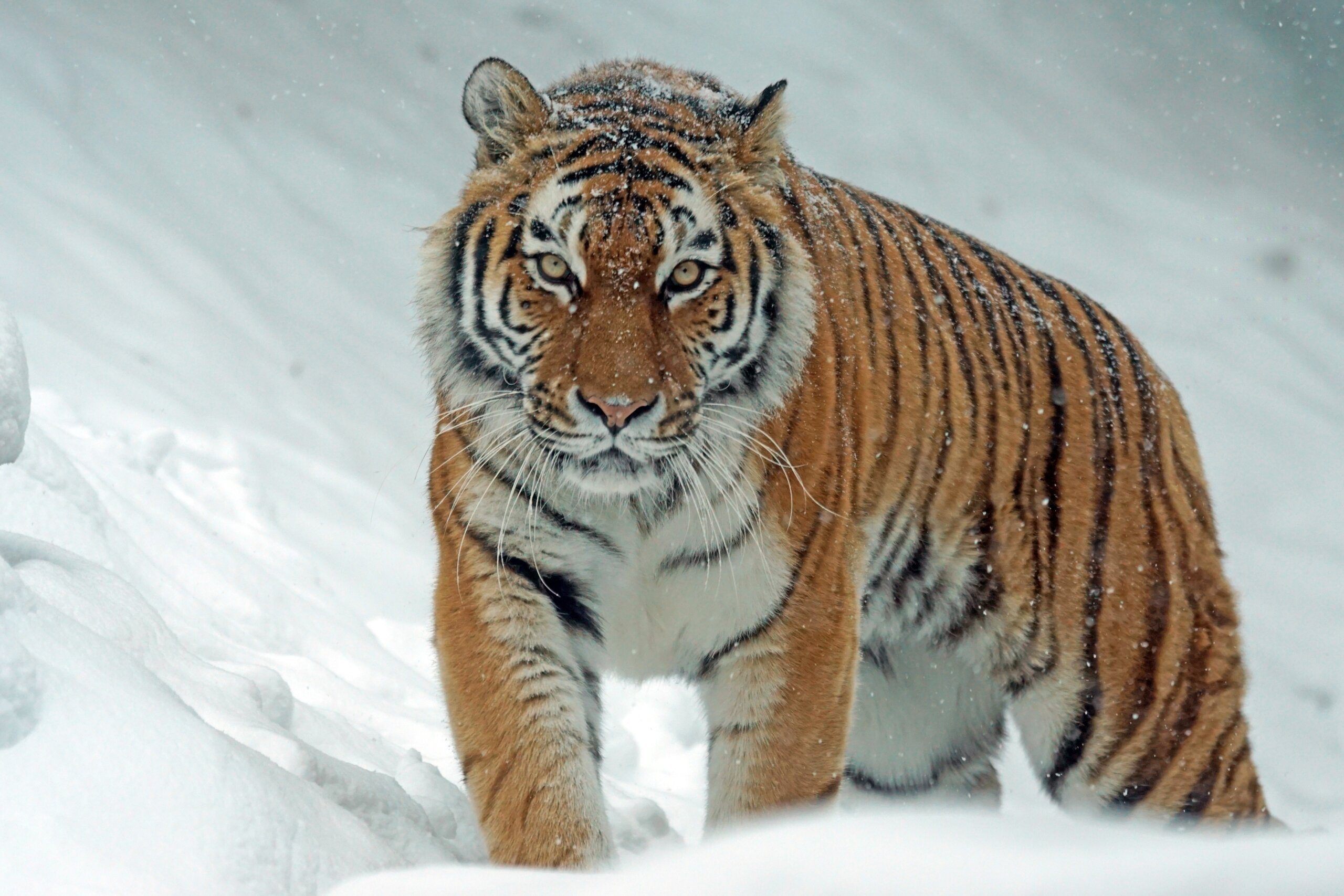In this article, you will discover the fascinating world of capybaras and the predators that lurk around them. Capybaras, known for their friendly nature and adorable appearance, have managed to captivate the hearts of many. However, these gentle creatures are not exempt from encountering danger in their natural habitats. From formidable feline predators to cunning reptiles, we will explore the various threats that capybaras face and how they have adapted to survive in the face of adversity. So, get ready to embark on a thrilling journey into the wild and uncover the secrets of identifying capybara predators!
Capybara Predators

Introduction to Capybara Predators
Capybaras, the world’s largest rodents, are not exempt from the circle of life. Just like any other animal, they have their fair share of predators. These fascinating creatures, known for their affable nature and adorable appearance, are sought after by various predators in their natural habitat. In this article, we will explore the different predators that pose a threat to capybaras, including both natural predators and human threats. We will also delve into the various adaptations and defense mechanisms that capybaras have developed to protect themselves from these predators.
Defining Capybaras
Before we delve into the details of capybara predators, let’s take a moment to understand what capybaras actually are. Capybaras, scientifically known as Hydrochoerus hydrochaeris, are semi-aquatic mammals that inhabit the wetlands, marshes, and forested areas of South America. They are characterized by their large size, with adults weighing around 100 pounds or more, and a unique appearance with a stocky body, short legs, and a large head. Capybaras are herbivores, primarily feeding on grasses, aquatic plants, and tree bark.

Role of Predators in the Ecosystem
Predation is a crucial component of any ecosystem, maintaining the balance between predator and prey populations. Capybaras have a vital role to play in their respective ecosystems, as their abundance and distribution can influence the populations of predators that rely on them for sustenance. The various predators that target capybaras contribute to the ecological dynamics of their habitats by controlling their numbers and ensuring the survival of the fittest.
Natural Predators of Capybaras
Native Predators
In their natural habitat, capybaras face a range of predators. Among the native predators are jaguars, pumas, and anacondas. The jaguar, at the top of the food chain, poses a significant threat to capybaras. With their powerful jaws and immense strength, jaguars are known to attack capybaras both on land and in the water, making them a formidable predator. Pumas, also known as cougars or mountain lions, are stealthy predators that primarily target young capybaras. Anacondas, although their main diet consists of large prey like caimans, can opportunistically prey on capybaras when given the chance.
Predation on Capybara Young
Capybara young, known as pups, are particularly vulnerable to predation. Unattended pups are easy targets for predators such as foxes, ocelots, and caimans. These predators take advantage of the pups’ lack of size, strength, and experience to satisfy their own predatory needs. The loss of pups due to predation is a vital selection pressure that shapes the survival strategies of capybaras, leading them to adopt various protective measures.
Predation on Adult Capybaras
While adult capybaras have a better chance of defending themselves against predators, they are still at risk of being targeted. Besides jaguars, pumas, and anacondas, other predators like large raptors such as harpy eagles and caimans, a type of crocodilian, pose a considerable threat. Harpy eagles, with their impressive wingspans and sharp talons, can swoop down on unsuspecting capybaras. On the other hand, caimans, with their strong jaws and aquatic prowess, can ambush capybaras while they are in the water.

Human Predators of Capybaras
Hunting and Poaching
Tragically, capybaras face threats not only from their natural predators but also from humans. Capybaras are hunted for their meat, hide, and fat in some regions of South America. Traditional hunting by local communities for subsistence purposes has been an ongoing practice, but increased urbanization and commercial hunting have significantly intensified the pressure on capybara populations. Poaching, driven by the illegal wildlife trade, further exacerbates the threats faced by capybaras.
Role of Habitat Loss and Fragmentation
The encroachment of human settlements and the expansion of agricultural activities have resulted in habitat loss and fragmentation for capybaras. As their natural habitats shrink, capybaras are forced into smaller and more isolated areas, making them more susceptible to human predation. Additionally, the destruction of wetlands and deforestation disrupts the balance of ecosystems, impacting the overall populations of both capybaras and their natural predators.
Adaptations and Defense Mechanisms of Capybaras against Predators
Capybaras have evolved a range of adaptations and defense mechanisms to increase their chances of survival in the face of predation. These strategies take advantage of their social behavior, aquatic environment, vigilance, physical defenses, and communication skills.
Social Behavior and Group Living
Capybaras have a highly social structure, typically living in large groups consisting of multiple males, females, and their offspring. This social behavior provides them with increased protection against predators, as multiple pairs of eyes and ears can detect potential threats more effectively. By staying in tightly-knit groups, capybaras can effectively deter and defend against predators through their sheer numbers and coordinated response.
Aquatic Environment as a Refuge
One of the key adaptations of capybaras is their semi-aquatic lifestyle. They are excellent swimmers and rely on water bodies such as rivers, ponds, and swamps as a refuge from predators. When sensing danger, capybaras can quickly plunge into the water, using their webbed feet and powerful hind limbs to escape with ease. Their ability to remain submerged for several minutes also helps them evade predatory detection.
Vigilance and Alertness
Capybaras have developed a keen sense of vigilance and alertness towards their surroundings. They are constantly on the lookout for any signs of danger, such as the presence of predators or unusual sounds and movements. With their eyes located high on their heads, they have a broad field of vision, enabling them to spot potential threats even when partially submerged in water. Quick and coordinated responses to danger are key to their survival.
Physical Defenses
Despite their gentle demeanor, capybaras do possess physical defenses that can be used as a last resort against predators. Their strong and sharp front incisors allow them to deliver a serious bite when cornered or threatened. Additionally, their thick skin acts as a form of protection against minor attacks, giving them a chance to escape or seek refuge.
Alarm Calls and Vocalizations
Communication plays a vital role in capybara society, especially when it comes to alerting others about potential predators. When capybaras spot a threat, they emit distinct alarm calls and vocalizations, warning others in the group to be on high alert. These vocalizations, accompanied by specific body movements, help coordinate group responses and enhance their chances of survival.
In conclusion, capybaras face both natural and human predators, each posing their unique challenges. However, capybaras have developed fascinating adaptations and defense mechanisms to boost their chances of survival. By understanding the dynamic relationship between capybara predators and their prey, we can appreciate the critical role these gentle giants play in the delicate balance of their ecosystems.



